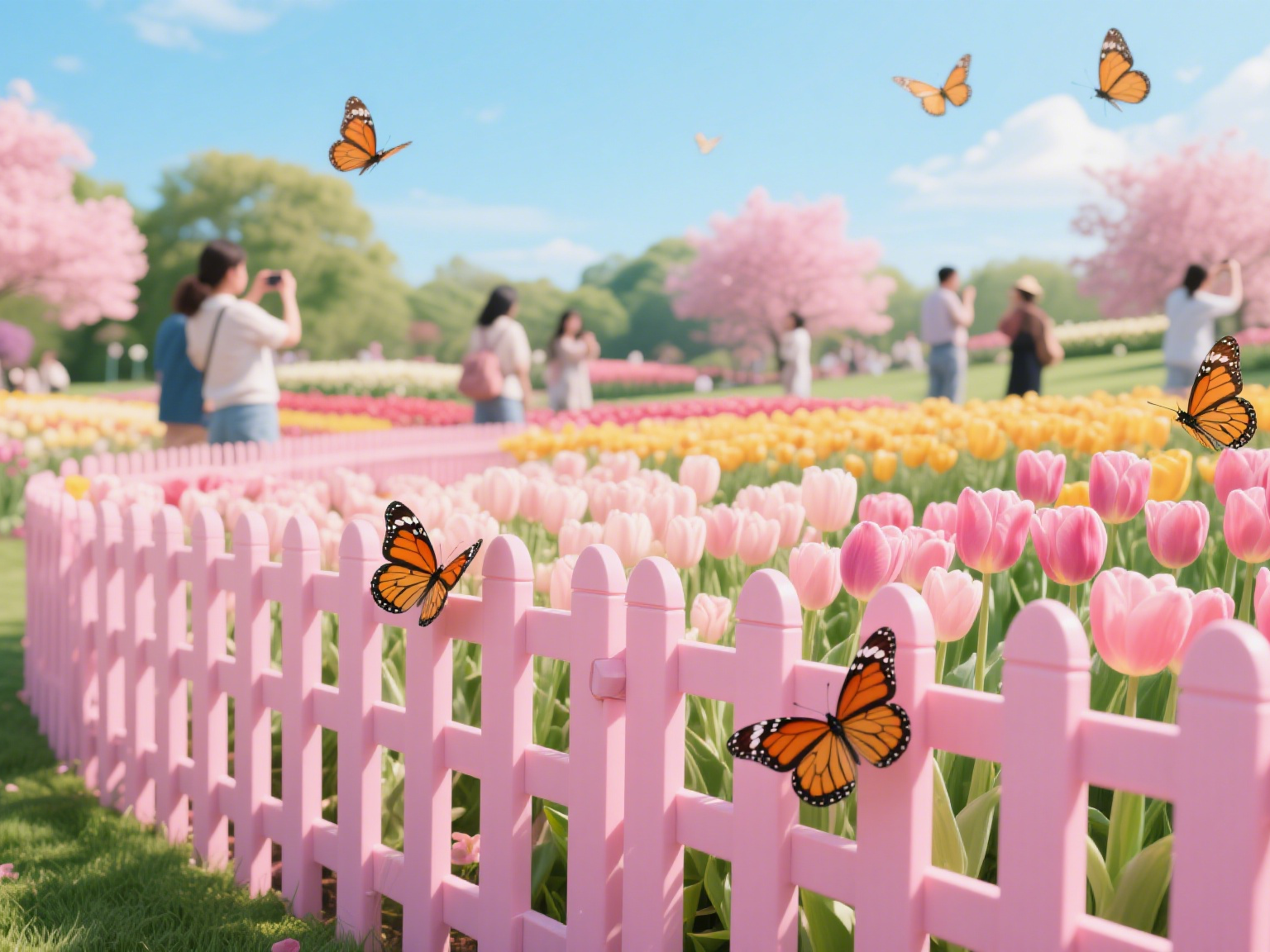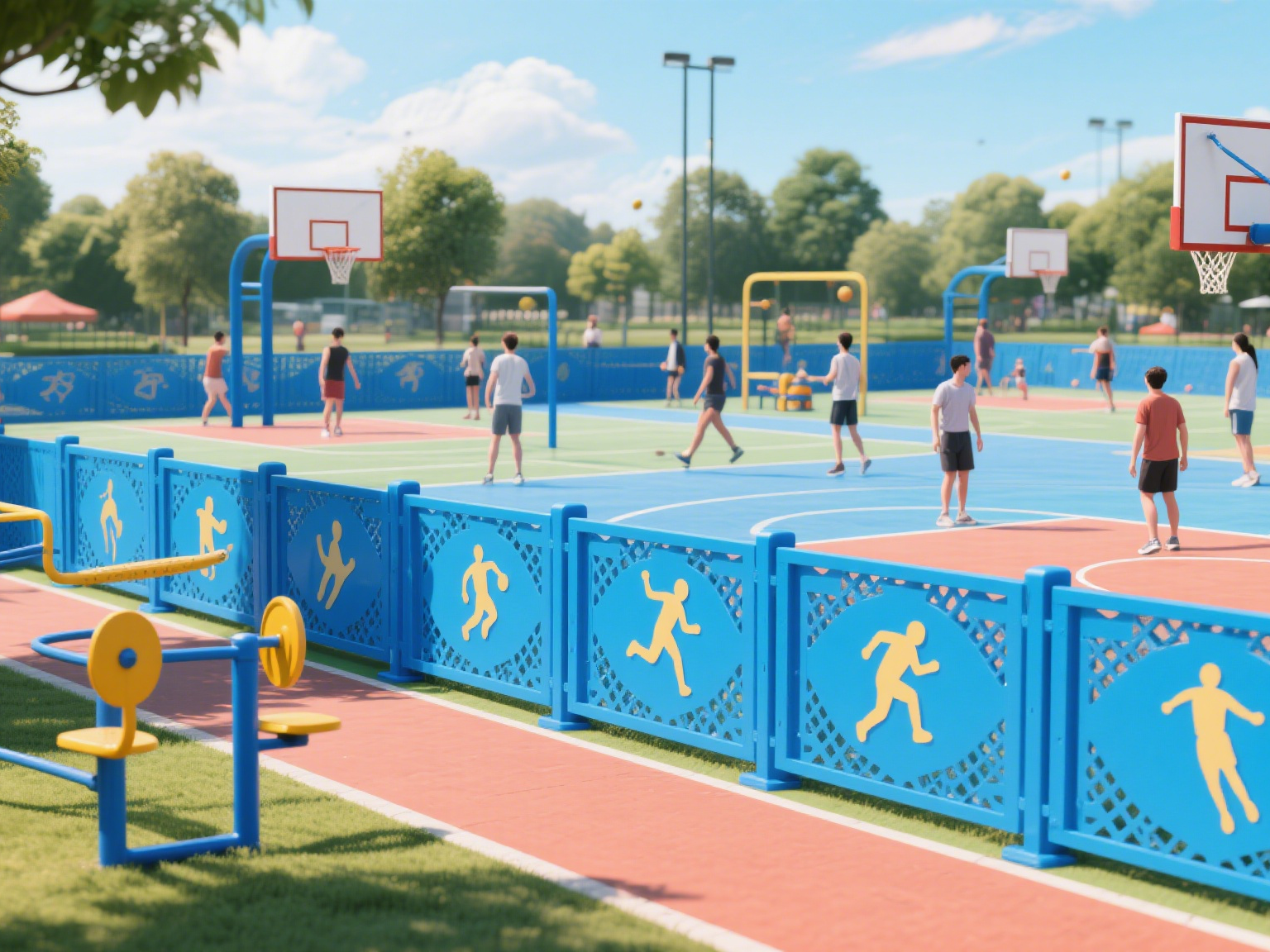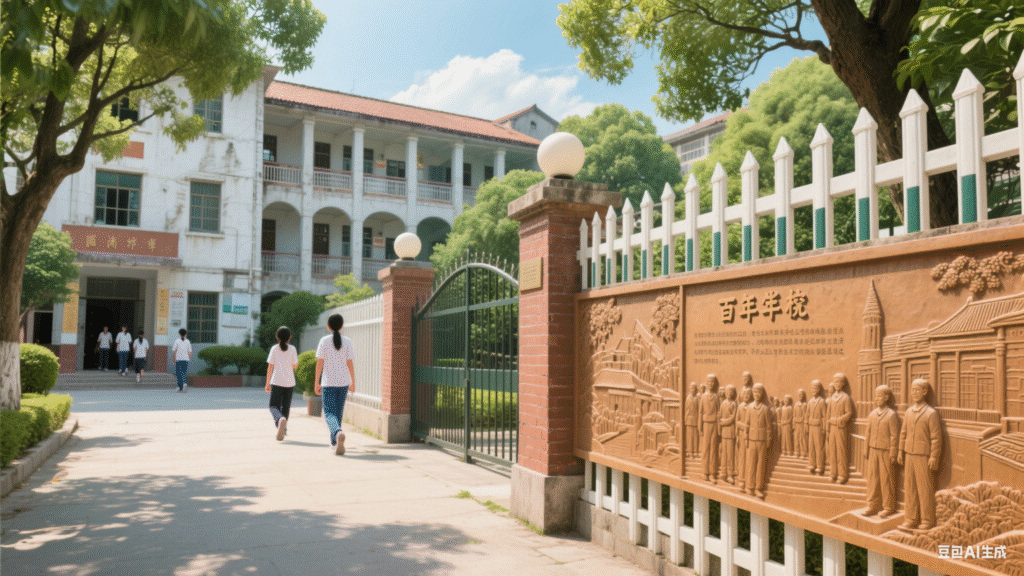In every corner of the city, PVC fences stand as silent guardians, reshaping the order and charm of public spaces with their balanced functionality and aesthetic value. From parks and squares where citizens unwind, to campuses nurturing the future, and bustling streets and communities, these innovative protective installations have become an indispensable part of modern urban landscapes, thanks to their outstanding performance.
Parks and Squares: Dual Guardians of Order and Aesthetics
As dawn breaks, PVC fences in parks commence their daily duties. In large urban parks, white fences not only outline winding plastic running tracks but also guide morning joggers through segmented arc designs, preventing congestion. Translucent partitions safely separate sandy play areas for children from shimmering artificial lakes; their frosted surfaces ensure safety while maintaining visibility for parents. Crafted from high-molecular materials, these fences combine flexibility and cushioning. Professional tests show that their impact absorption coefficient reaches 0.85, effectively dissipating over 85% of impact force during collisions and minimizing injury risks. Along cliffside trails in mountain parks, 1.5-meter-high, 8-centimeter-spacing reinforced fences, equipped with built-in infrared alarm systems, act as vigilant sentinels, safeguarding visitors—especially children—from accidental falls.
Advanced film-coating technology enables PVC fences to mimic natural textures like wood and stone with remarkable precision. In wetland parks inspired by Jiangnan water town aesthetics, light brown bamboo-patterned fences blend seamlessly with reed marshes. In flower-themed parks, pink fences complement blooming tulips, evoking a romantic Monet-like scene. At sports squares, blue fences, adorned with hollowed-out sports icons, enhance thematic atmospheres while harmonizing with basketball hoops and fitness equipment.

Schools and Kindergartens: Integrating Safety and Cultural Identity
In educational settings, PVC fences serve as both safety fortresses and cultural carriers. Tailored to children’s energetic nature, these fences maintain a standardized height of 1.2 meters with vertical bars spaced within 10 centimeters, preventing climbs while ensuring transparency. In an experimental kindergarten, custom cartoon-shaped fences featuring animal motifs, printed with food-grade eco-friendly ink, double as “mobile classrooms.” Giraffe-shaped panels display animal facts, while number-themed sections teach basic math.
Educational institutions can further integrate cultural elements into designs. At a century-old school, PVC fences showcase campus history through embossed reliefs, embodying institutional spirit. Art academies display student artwork on painted fences, enhancing community pride and serving as public showcases of campus culture.

Streets and Communities: Versatile Tools for Urban Management
In urban traffic and community governance, PVC fences play multifaceted roles. On main roads, double-layered, hollow fences separate vehicle and pedestrian lanes while reducing traffic noise by 20–25 decibels, as verified by acoustic tests. Fluorescent reflective strips on their surfaces improve nighttime visibility, decreasing accident rates. At community entrances, intelligent fences integrated with facial recognition access control and high-definition surveillance systems use AI behavior analysis to detect unauthorized entries and trigger real-time alerts, providing round-the-clock security.
These fences offer extensive functionality: in pet-friendly communities, partitioned pet zones include built-in waste collection units; in renovated older neighborhoods, fences are retrofitted with solar-powered lights and charging stations. Moreover, their surfaces can display public service announcements and community event notices. In one community, a “Fence Art Festival” encouraged residents to paint murals, transforming fences into vibrant hubs for community bonding.

A Model of Green Economy: Sustainability in Practice
From a sustainability perspective, PVC fences exemplify green economic innovation. Their production consumes 40% less energy than traditional iron fences, and their recyclable materials can be repurposed into new building products. Special UV-resistant coatings extend their outdoor lifespan to 20 years; a decade-long coastal city study revealed a color fade rate of less than 5%. With annual maintenance costs only one-fifth that of wooden fences, PVC installations offer high returns on low investments, propelling urban infrastructure towards more eco-efficient and intelligent development.
